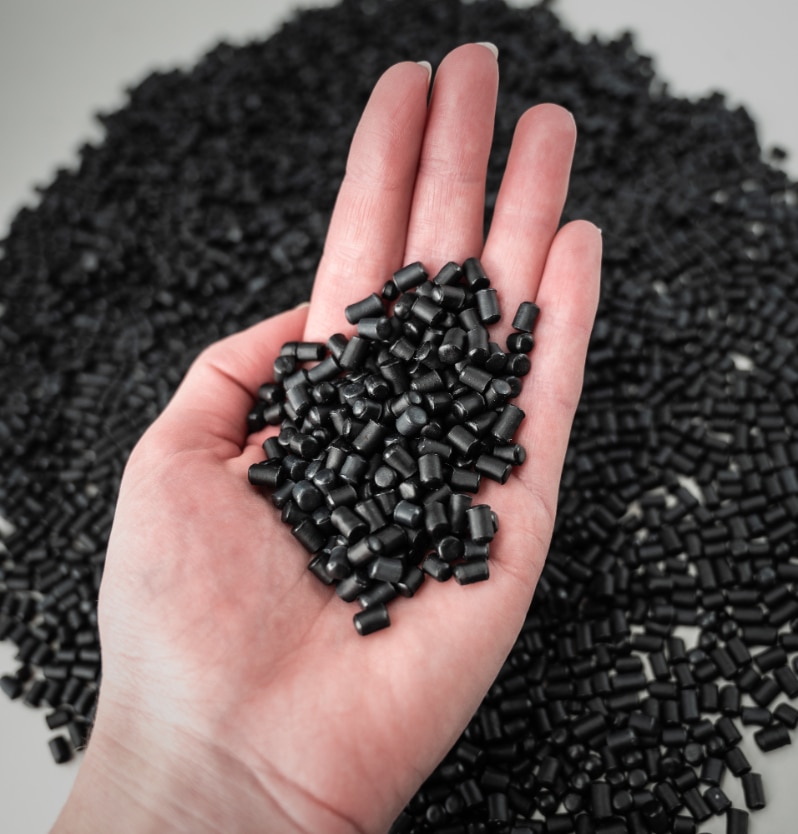Why Go Dry (Method)
BY AsphaltPro Staff

NVI chose to focus on dry method plastics for a number of reasons, firstly, ease of blending.
“Plastics and asphalt are both petroleum products, but they like to separate unless you’ve done the chemistry to make sure they stay blended,” LaCroix said. “It can be done, but we’ve found that if we can blend the plastic at the asphalt plant, you can save that headache.”
“Secondly, it saves the producer from having another tank,” he said, “and most producers would like to reduce how many products they’re juggling.”
“Lastly, they can modify the dosage if they want to,” LaCroix added. “Maybe they want to use 2 pounds per ton on most jobs, but are paving a truck stop or heavy industrial project and want to up it to 3 to 4 pounds per ton.”
For example, on a recent project with the Iowa DOT, a bridge along I-80 was being rebuilt and the DOT needed some temporary lanes put in. “They’ve had some problems with temporary lanes falling apart in the summer heat and wanted the temporary lanes on I-80 to last through the next couple summers, while also reducing thickness,” LaCroix said. Ultimately, they were able to use 4 pounds of NewRoad per ton, and the temporary lanes are holding up well after one full summer of use.
This article ran as part of a larger article about the use of recycled waste plastics on a recent Florida pilot project with P&S Paving.
